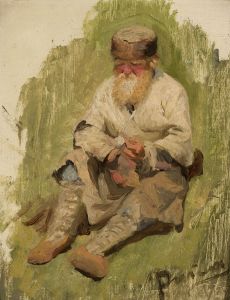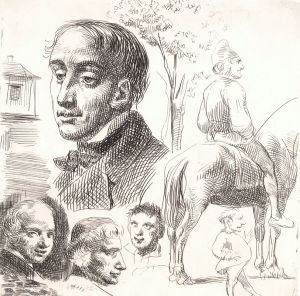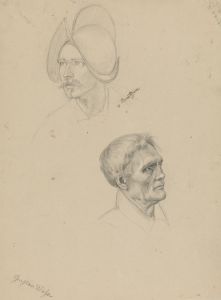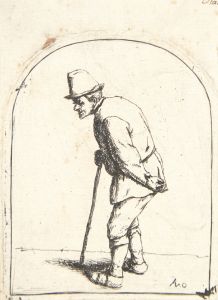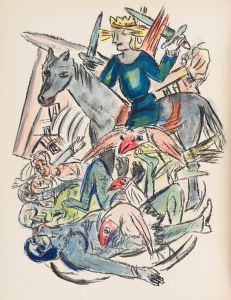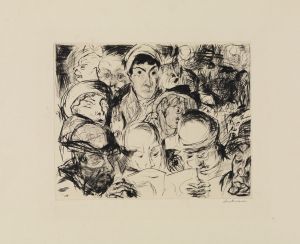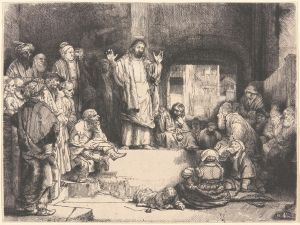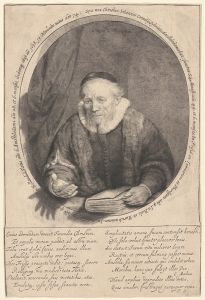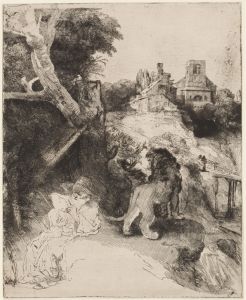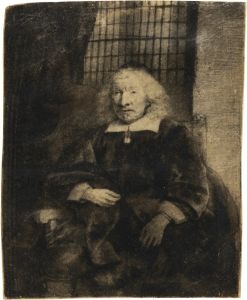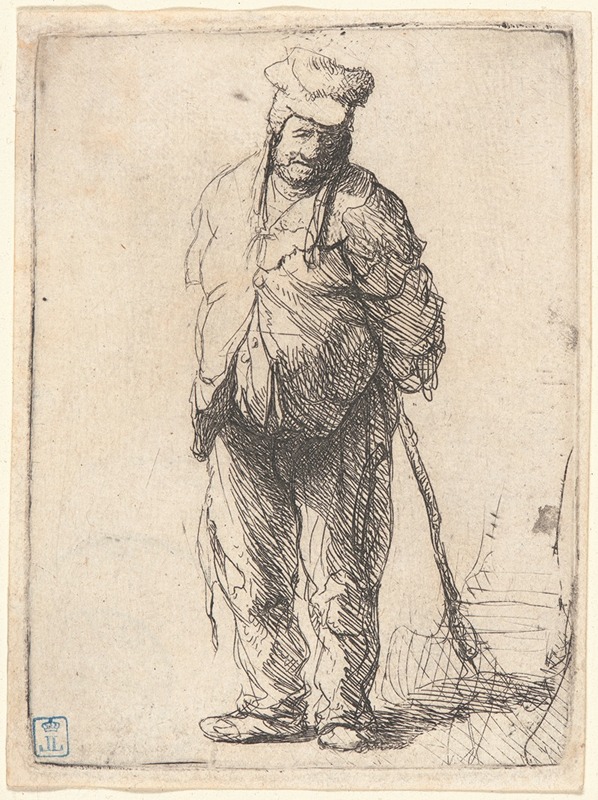
Ragged Peasant with His Hands behind Him, Holding a Stick
A hand-painted replica of Rembrandt van Rijn’s masterpiece Ragged Peasant with His Hands behind Him, Holding a Stick, meticulously crafted by professional artists to capture the true essence of the original. Each piece is created with museum-quality canvas and rare mineral pigments, carefully painted by experienced artists with delicate brushstrokes and rich, layered colors to perfectly recreate the texture of the original artwork. Unlike machine-printed reproductions, this hand-painted version brings the painting to life, infused with the artist’s emotions and skill in every stroke. Whether for personal collection or home decoration, it instantly elevates the artistic atmosphere of any space.
"Ragged Peasant with His Hands behind Him, Holding a Stick" is an etching created by the renowned Dutch artist Rembrandt van Rijn. Rembrandt, born in 1606 in Leiden, is celebrated as one of the most important figures in the history of art, particularly known for his contributions to the Dutch Golden Age of painting. His works are characterized by their rich detail, masterful use of light and shadow, and profound human emotion.
This particular etching, "Ragged Peasant with His Hands behind Him, Holding a Stick," is a testament to Rembrandt's keen interest in capturing the essence of everyday life and the human condition. The etching depicts a solitary figure, a peasant, standing with his hands behind his back, holding a stick. The title itself suggests the subject's humble status and possibly his struggles, as indicated by the term "ragged."
Rembrandt's etchings are highly regarded for their technical precision and expressive quality. He was a master of the etching process, a printmaking technique that involves using acid to cut into the unprotected parts of a metal plate to create an image. This method allowed Rembrandt to achieve remarkable detail and depth in his prints, and he often used it to explore themes of poverty, aging, and the human experience.
The peasant in this etching is portrayed with a sense of dignity despite his apparent poverty. Rembrandt's ability to convey the inner life of his subjects is evident in the way he captures the peasant's posture and expression. The figure's stance, with hands behind his back, suggests a moment of contemplation or resignation, and the stick he holds may imply a life of labor or travel.
Rembrandt's interest in depicting peasants and common people was somewhat unconventional for his time, as many artists of the period focused on religious, historical, or aristocratic subjects. However, Rembrandt's choice to portray individuals from all walks of life reflects his deep empathy and interest in the human condition. His works often transcend the specific details of time and place, offering timeless insights into the nature of humanity.
The etching is part of Rembrandt's broader body of work, which includes numerous portraits, self-portraits, biblical scenes, and genre scenes. His etchings, in particular, have been praised for their innovative use of line and texture, as well as their ability to convey complex emotions and narratives with economy and precision.
"Ragged Peasant with His Hands behind Him, Holding a Stick" exemplifies Rembrandt's skill in capturing the subtleties of human expression and his commitment to portraying the dignity of ordinary people. Today, Rembrandt's etchings are held in high esteem by art historians and collectors alike, and they continue to be studied for their artistic and historical significance. The etching remains a valuable piece within the context of Rembrandt's oeuvre, offering insight into his artistic process and the social realities of his time.






